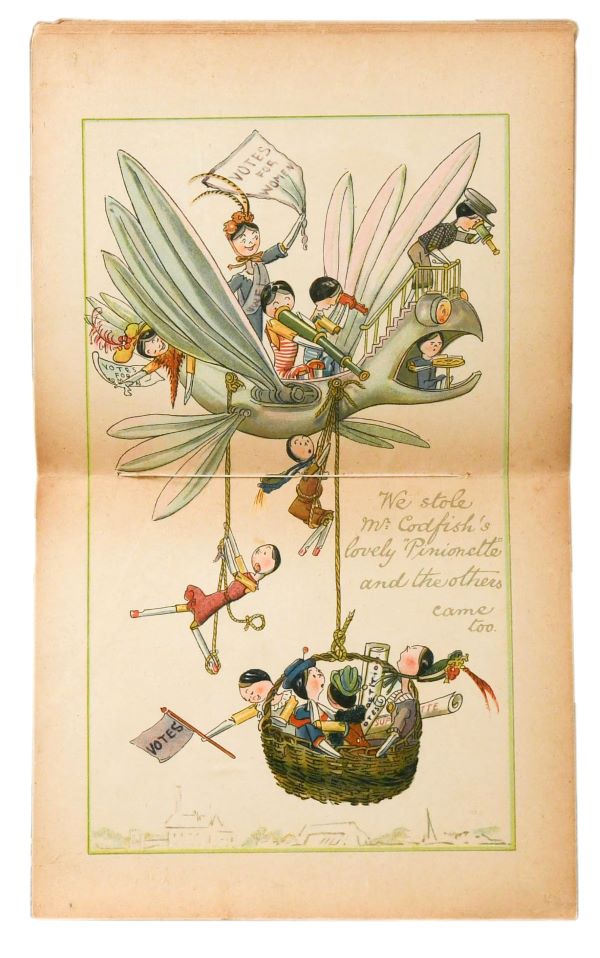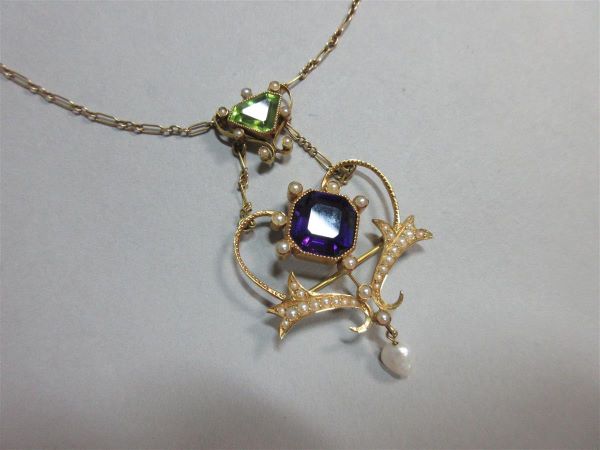Friday 8th March is International Women’s Day, a global day celebrating the social, economic, cultural and political achievements of women. The day also marks a call to action for accelerating women’s equality.
One of the earlier and highly crucial movements in achieving equality is that of The Suffragettes, who were part of the 'Votes for Women' campaign that had long fought for the right of women to vote in the UK. They used art, debate, propaganda, and attack on property to fight for female suffrage. Their campaign was a success and resulted in the passing of The Representation of the People Act in 1918. This Act only gave votes to women who were over the age of 30, were married or who owned property, but it paved the way for full suffrage ten years later.
In Cheffins' forthcoming Library Sale on April 4th, there is a collection of books by Kathleen Ainslie, one of which is titled, Votes for Catharine, Susan and Me. Published in 1910, this is the only children’s book published at the time of the ‘Votes for Women’ campaign and follows the story of two peg doll characters who join the campaign as suffragettes and end up in prison on hunger strike.

A page from 'Votes for Catharine, Susan and Me' by Kathleen Ainslie
The market for Suffragette memorabilia has always been in high demand and a Suffrage banner can make in the region of £20,000. A ‘Votes for Women’ badge which Cheffins sold fetched £1,100. Indeed, jewellery often features in the Suffragettes memorabilia we sell – it was an important part of the overall look.

Cheffins has sold various items of jewellery associated with the Suffragettes, including this Edwardian gemset necklace
The WSPU (Women's Social and Political Union) and associated Suffragettes took care to dress as smartly as possible, giving a neat and feminine impression to counteract the strident masculine image their opponents wished to portray. In an early example of brand imaging, Emmeline Pethick-Lawrence, co-editor of 'Votes for Women', suggested a colour code in 1908 whereby they could show their allegiance with flags, banners and rosettes, or by wearing clothes, tri-coloured ribbons (sold in Selfridge's and Liberty's amongst other top retailers) or jewellery in their carefully chosen colours – indeed, Mappin & Webb even produced a catalogue for Christmas 1908 specifically of Suffragette Jewellery. The chosen colours were purple (for dignity), white (for purity) and green (for the fresh shoots of hope). However, the colours of green, white and violet were also rumoured to have been chosen as their initials - G.W.V. - may also have referred to the expression 'Give Women the Vote'.
Gabrielle Downie, Associate at Cheffins, comments: “As we celebrate International Women’s Day, it’s important to reflect upon how the Suffragettes shaped history for women’s rights, and we are pleased to enable their memory to live on through our auctioned collectables.”